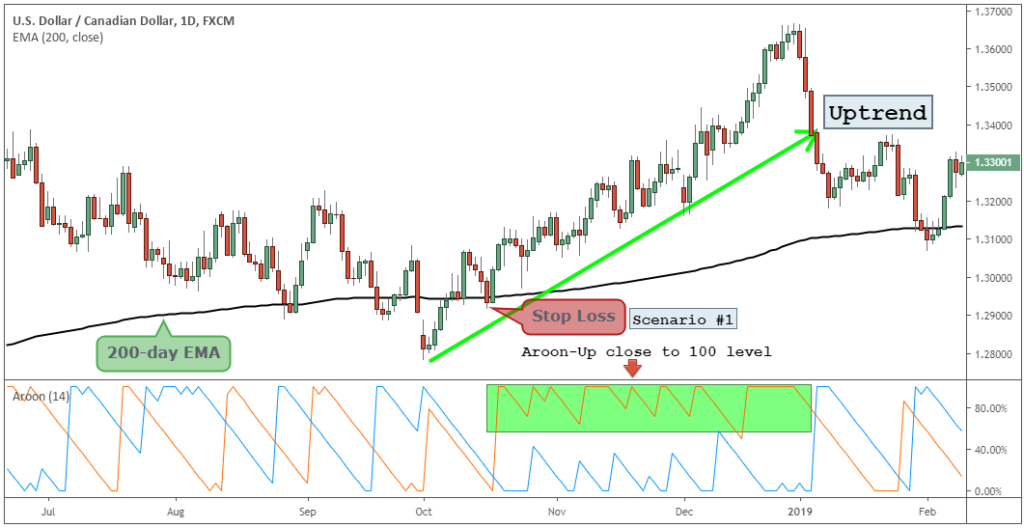

In the world of trading, making a profit can often feel like finding the proverbial needle in a haystack. The fleeting nature of market opportunities means that traders are constantly on the lookout for strategies that can turn the tides in their favor. A key tool in every savvy trader’s arsenal is the take profit order, a mechanism designed to lock in gains and prevent the downward spiral of potential profits. But how can traders use take profits effectively to maximize their earnings? Here’s your comprehensive guide to understanding and leveraging take profit trader strategies.
The What and Why of Take Profit Orders
A take profit order is a type of limit order that is set at a certain price point above the entry for a long position (or below the entry for a short position). The purpose is to secure a predetermined level of profit when the market moves favorably for the trader. For day traders or those who monitor the markets regularly, take profits are a crucial element for controlling risk and ensuring that winning positions don’t turn into losers.
The main goal of take profit orders is to automate trading decisions. Emotional decision-making is one of the biggest pitfalls in trading, as fear and greed can lead to hasty judgment. Take profit orders remove the emotional component, ensuring that profit targets are met regardless of market conditions.
Implementing a Take Profit Strategy
Simply setting a take profit order is not enough; the strategy behind when and how to use it is paramount. Here are several key considerations for implementing a successful take profit trading strategy:
1. Set Realistic Profit Targets
Before entering a trade, determine what level of profit is acceptable for you. This could be a fixed dollar amount or a percentage of the investment. Be mindful that overly ambitious targets may lead to fewer trades closing at a profit, or the take profit order not being triggered at all due to market volatility.
2. Use Technical Analysis to Set Take Profit Levels
Leverage technical indicators, such as moving averages or Bollinger Bands, to identify potential levels where the market may encounter resistance or support. This data can be used to set more precise take profit orders.
3. Incorporate Volatility Into Your Strategy
High-volatility markets warrant more conservative take profit levels, while low-volatility markets may allow for more aggressive targets. Adjust your take profit levels in accordance with the overall market conditions to ensure they are not too far out of reach.
4. Monitor Economic Events and News
Stay informed about upcoming economic releases or news events that could significantly impact the market. In these cases, it may be prudent to either increase your take profit level to be more conservative or temporarily disable your take profit order to allow for a manual assessment of the trade upon the event’s impact.
The Case for Trailing Stop Take Profits
Trailing stop take profit orders move with the market price, locking in profits while still allowing the opportunity for gains to grow. This is achieved by setting the take profit order at a dynamic distance from the current market price, typically using a specific value or percentage. Traders often find trailing stops to be highly effective in trending markets where there is a clear direction and price movement.
When to Take Profit – Different Trading Styles
Different trading styles will dictate your approach to taking profits. Scalpers and day traders, for example, who are usually in and out of trades within short time frames, should be relatively quick to take profits. Conversely, swing traders who hold positions for several days may have a target profit that is larger and adjusted less often.
Each trading style has its own risk profile, and take profit strategies should align accordingly. Regardless of your preferred trading style, always remember to take profits that are on the table. A bird in the hand is worth two in the bush, as the saying goes.
Take Profit and Risk Management
Risk management is an integral part of any trading strategy and should go hand in hand with setting take profit levels. The risk-to-reward ratio is a critical element of successful trading, and by setting take profit orders, you are effectively setting the reward portion of that equation.
It’s also important to have a contingency plan for trades that do not go as planned. This could involve setting a stop loss to mitigate potential losses, or even employing a break-even strategy where, once the price has moved in your favor by a certain amount, your stop loss is moved to your entry price.
Conclusion
Implementing a comprehensive take profit strategy in your trading plan can make a significant difference in your overall profitability. It’s about more than just setting an order and forgetting about it. Take profit trading requires continual assessment of market conditions, an understanding of your own risk tolerance and trading style, and the discipline to stick to your plan.
Consistently applying these principles will give you the edge you need to unlock profits in your trading ventures. Remember, while there’s no foolproof strategy in trading, a well-thought-out take profit plan is a step in the right direction.
